Yascha Mounk and Steven Pinker at Yascha Mounk’s Substack:
Yascha Mounk: I love your work. I have read many of your books. In the new book, you suggest that a deceptively straightforward concept—common knowledge—actually holds the key to explaining all kinds of different social phenomena. You take us on a really fun wild ride, both in terms of the anecdotes you provide, the illustrations you provide, and in terms of the kind of domains of social life that you illustrate through this seemingly simple concept. Before we jump into some of those points and some of those examples, what do you mean by common knowledge?
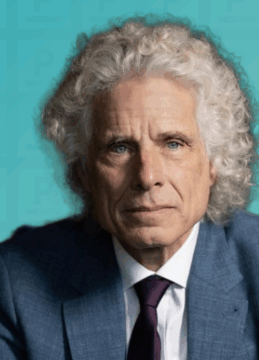 Steven Pinker: I’m using it in a technical sense, which is not the same as the everyday sense of conventional wisdom or something that people know. Common knowledge in the technical sense refers to a case where everyone knows that everyone knows something and everyone knows that and everyone knows it, ad infinitum. So I know something, you know it, I know that you know it, you know that I know it, I know that you know that I know it, et cetera.
Steven Pinker: I’m using it in a technical sense, which is not the same as the everyday sense of conventional wisdom or something that people know. Common knowledge in the technical sense refers to a case where everyone knows that everyone knows something and everyone knows that and everyone knows it, ad infinitum. So I know something, you know it, I know that you know it, you know that I know it, I know that you know that I know it, et cetera.
Now, people start to smile when I explain the concept, because it sounds so complicated. It sounds impossible—although it’s tapping into a familiar feature of human nature: we’re always trying to get inside each other’s heads.
More here.
Enjoying the content on 3QD? Help keep us going by donating now.

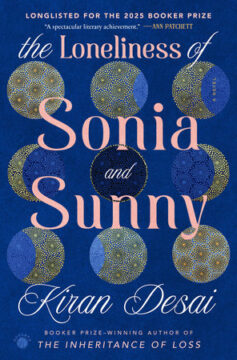 Almost
Almost 
 At its core, The Ba***ds of Bollywood is a razor-sharp look at the dazzling yet treacherous world of
At its core, The Ba***ds of Bollywood is a razor-sharp look at the dazzling yet treacherous world of  The Ig Nobels were founded in 1991 by Marc Abrahams, editor of satirical magazine
The Ig Nobels were founded in 1991 by Marc Abrahams, editor of satirical magazine  As its September meeting approaches, the US Federal Reserve is once again coming under political pressure to lower rates. President Donald Trump has been calling for such a move for months – sometimes demanding cuts as large as
As its September meeting approaches, the US Federal Reserve is once again coming under political pressure to lower rates. President Donald Trump has been calling for such a move for months – sometimes demanding cuts as large as 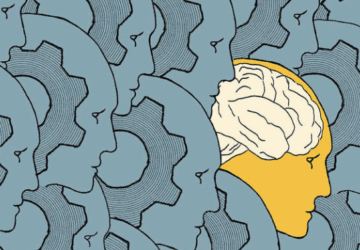 My life’s mission has been to create safe, beneficial AI that will make the world a better place. But recently, I’ve been increasingly concerned about people starting to believe so strongly in AIs as conscious entities that they will advocate for “AI rights” and even citizenship. This development would represent a dangerous turn for the technology. It must be avoided. We must build AI for people, not to be people.
My life’s mission has been to create safe, beneficial AI that will make the world a better place. But recently, I’ve been increasingly concerned about people starting to believe so strongly in AIs as conscious entities that they will advocate for “AI rights” and even citizenship. This development would represent a dangerous turn for the technology. It must be avoided. We must build AI for people, not to be people.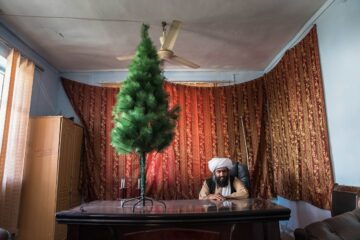 An omnipresent feature of liberal chronicles of the occupation is a fixation on how much was wasted: the $2.13 trillion spent and the 176,000 people who died. Surveying the destruction wreaked on Afghanistan, these accounts conclude, unsurprisingly, that the war was a total failure. The Taliban are once again in control of Kabul. Al Qaeda runs gold mines in Badakhshan and Takhar provinces. The Afghan army is a distant memory. This humiliation is often presented as a mystery. How could so much money—more than was spent on the Marshall Plan—and “goodwill,” in the New Yorker’s words, have achieved so little?
An omnipresent feature of liberal chronicles of the occupation is a fixation on how much was wasted: the $2.13 trillion spent and the 176,000 people who died. Surveying the destruction wreaked on Afghanistan, these accounts conclude, unsurprisingly, that the war was a total failure. The Taliban are once again in control of Kabul. Al Qaeda runs gold mines in Badakhshan and Takhar provinces. The Afghan army is a distant memory. This humiliation is often presented as a mystery. How could so much money—more than was spent on the Marshall Plan—and “goodwill,” in the New Yorker’s words, have achieved so little?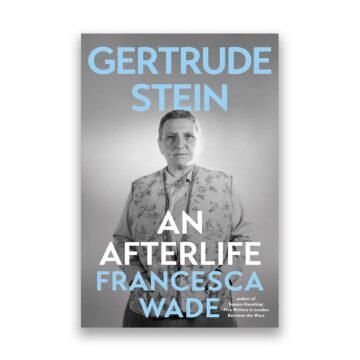 I
I 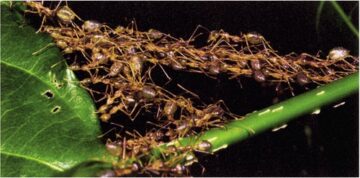 One of the most striking features of insect societies is that they contain “neuter castes” of organisms that do not reproduce (worker bees, for example). That created a problem for Darwin, who conceptualized his theory of natural selection in terms of one individual outreproducing other members of its species. He solved the problem by saying that it is individual “families” (in this case, individual colonies), not just individual organisms, that reproduce differentially. Darwin treated groups composed of organisms—families, tribes, colonies—as units that get selected. In the case of the neuter castes, he reasoned, it is an advantage to such communities to have sterile members who spend their time and energy working for the prosperity of the colony as a whole rather than bearing offspring.
One of the most striking features of insect societies is that they contain “neuter castes” of organisms that do not reproduce (worker bees, for example). That created a problem for Darwin, who conceptualized his theory of natural selection in terms of one individual outreproducing other members of its species. He solved the problem by saying that it is individual “families” (in this case, individual colonies), not just individual organisms, that reproduce differentially. Darwin treated groups composed of organisms—families, tribes, colonies—as units that get selected. In the case of the neuter castes, he reasoned, it is an advantage to such communities to have sterile members who spend their time and energy working for the prosperity of the colony as a whole rather than bearing offspring.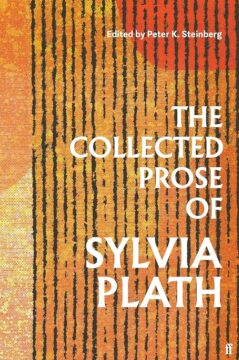 Although Sylvia Plath is best known for the cutting lyricism of Ariel (1965) and for her autobiographical novel, The Bell Jar (1963), her career goal as a writer was threefold: to write poetry, novels, and short stories. As detailed in her journals, she devoted equal time to poetry and fiction, shifting her focus to stories when she felt stalled as a poet, then returning to poetry when she lost confidence in herself as a fiction writer. More than a record of her experiences, the journals document her clear-eyed assessments of her strengths and weaknesses as a writer, her resolve to improve through relentless practice, and, especially for the short fiction, her ongoing study of markets she sought to crack: literary venues such as The New Yorker, The Atlantic Monthly, and The London Magazine; women’s magazines such as Mademoiselle, Woman’s Day, Ladies’ Home Journal; and even pulp monthlies such as True Story. As these last examples suggest, Plath’s objective as a short story writer, beginning in high school when she submitted work to Seventeen Magazine, was to make money, initially to supplement her college scholarships, and then to earn a living as a professional writer—and sustain her career as a poet—without having to teach. To expand her range of genres and contribute to the income stream, Plath also wrote nonfiction.
Although Sylvia Plath is best known for the cutting lyricism of Ariel (1965) and for her autobiographical novel, The Bell Jar (1963), her career goal as a writer was threefold: to write poetry, novels, and short stories. As detailed in her journals, she devoted equal time to poetry and fiction, shifting her focus to stories when she felt stalled as a poet, then returning to poetry when she lost confidence in herself as a fiction writer. More than a record of her experiences, the journals document her clear-eyed assessments of her strengths and weaknesses as a writer, her resolve to improve through relentless practice, and, especially for the short fiction, her ongoing study of markets she sought to crack: literary venues such as The New Yorker, The Atlantic Monthly, and The London Magazine; women’s magazines such as Mademoiselle, Woman’s Day, Ladies’ Home Journal; and even pulp monthlies such as True Story. As these last examples suggest, Plath’s objective as a short story writer, beginning in high school when she submitted work to Seventeen Magazine, was to make money, initially to supplement her college scholarships, and then to earn a living as a professional writer—and sustain her career as a poet—without having to teach. To expand her range of genres and contribute to the income stream, Plath also wrote nonfiction.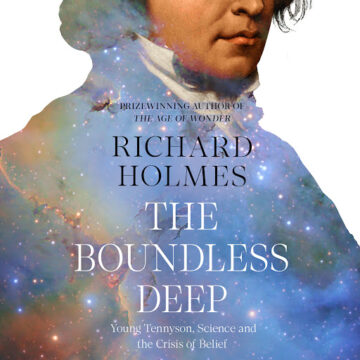 Edward FitzGerald long remembered the heavenly spectacle of his younger contemporary Alfred Tennyson at Cambridge. ‘At that time he looked something like the Hyperion shorn of his Beams in Keats’s Poem’, FitzGerald wrote fifty years later, ‘with a Pipe in his mouth.’ In fact, it was not Keats that he was invoking, but Milton’s description of the recently fallen Satan – ‘Archangel ruined’, yet retaining some of his angelic glory, ‘as when the sun new-risen/Looks through the horizontal misty air/Shorn of his beams’. It is a telling connection for FitzGerald’s subconscious to have made. Charles Lamb had adduced the same passage when he described the middle-aged Coleridge, a man broken by self-obstruction and opium but still possessing some vestige of the young genius whom Lamb had so loved and revered. Coleridge’s gifts were immense but imperfectly exploited. FitzGerald seems to have seen in Tennyson a similar case.
Edward FitzGerald long remembered the heavenly spectacle of his younger contemporary Alfred Tennyson at Cambridge. ‘At that time he looked something like the Hyperion shorn of his Beams in Keats’s Poem’, FitzGerald wrote fifty years later, ‘with a Pipe in his mouth.’ In fact, it was not Keats that he was invoking, but Milton’s description of the recently fallen Satan – ‘Archangel ruined’, yet retaining some of his angelic glory, ‘as when the sun new-risen/Looks through the horizontal misty air/Shorn of his beams’. It is a telling connection for FitzGerald’s subconscious to have made. Charles Lamb had adduced the same passage when he described the middle-aged Coleridge, a man broken by self-obstruction and opium but still possessing some vestige of the young genius whom Lamb had so loved and revered. Coleridge’s gifts were immense but imperfectly exploited. FitzGerald seems to have seen in Tennyson a similar case.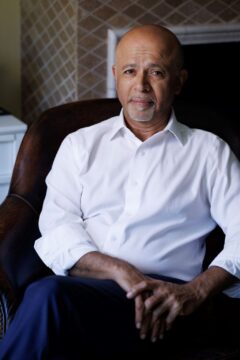 After our entire book club, with unprecedented unanimity, pronounced
After our entire book club, with unprecedented unanimity, pronounced  Most of the discussion on the move from fossil fuels to low-carbon energy is about tackling climate change. Quite rightly: that was the main reason I got into “this” in the first place and remains a key motivation. But that framing is very much about simply solving a problem. In reality, there is also a much more exciting change going on, one that can create opportunity and radically shift how we think about energy overall.
Most of the discussion on the move from fossil fuels to low-carbon energy is about tackling climate change. Quite rightly: that was the main reason I got into “this” in the first place and remains a key motivation. But that framing is very much about simply solving a problem. In reality, there is also a much more exciting change going on, one that can create opportunity and radically shift how we think about energy overall.